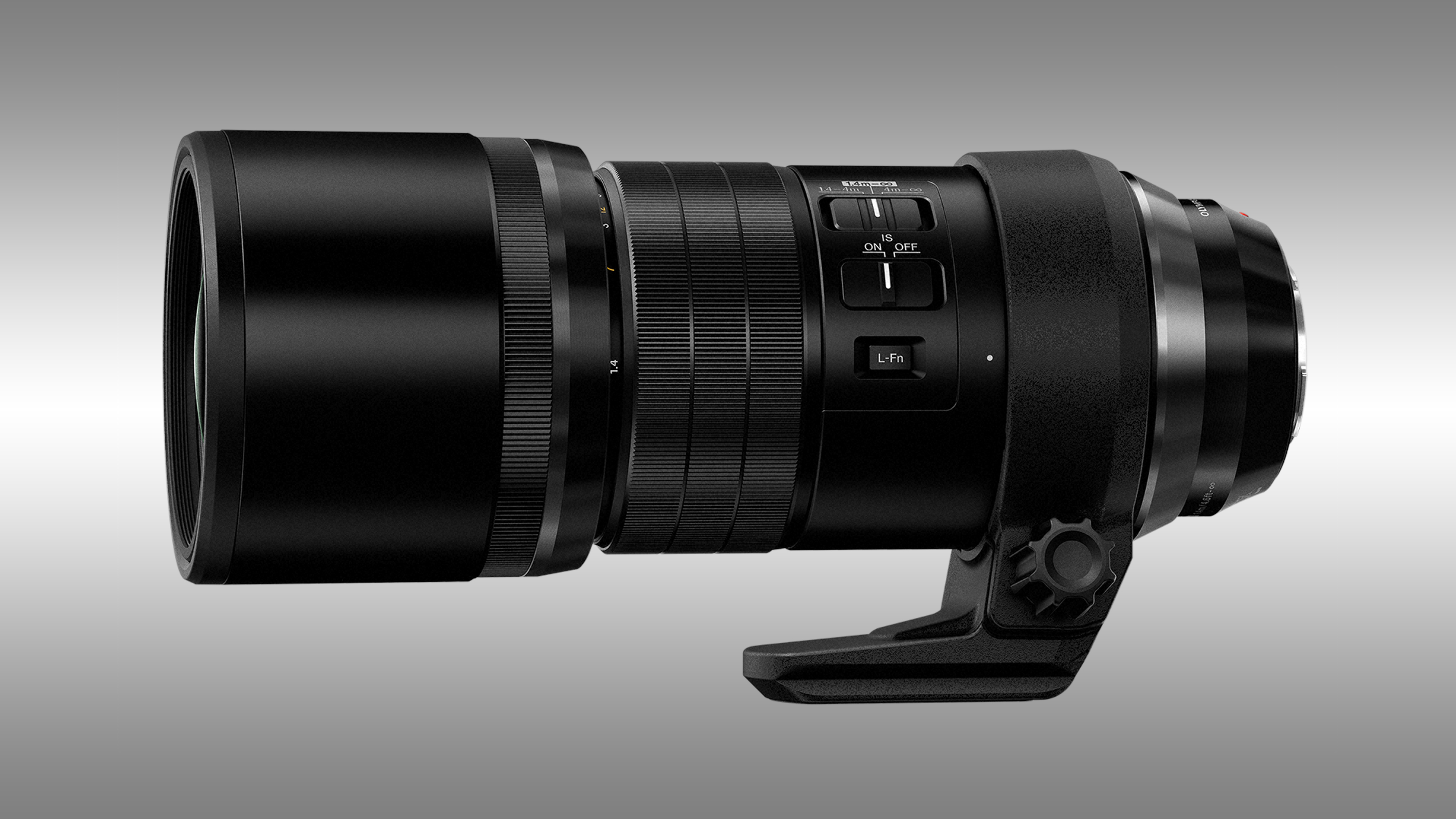TechRadar Verdict
For Olympus mirrorless cameras to be taken seriously by pros, they need to be backed up with some pro quality lenses – and this 300mm f/4 delivers the specs and image quality to make that happen.
Pros
- +
600mm equivalent zoom
- +
Integrated stabilizer
Cons
- -
f/4 not f/2.8
- -
You pay for what you get!
Why you can trust TechRadar
Buy a new-generation, optically stabilized 600mm f/4 prime lens for a Canon or Nikon D-SLR and you won't see much change from £10,000/$13,000. A straightforward reason for this is that the lenses in question need to be frankly massive with correspondingly huge yet perfectly formed glass elements. Scale things down with the MFT format and a more humble 300mm f/4 lens will give you the same 'effective' telephoto reach but in a much more conveniently sized, lighter-weight and less expensive package. Indeed, at 93 x 227mm and 1,270g (1,475g including the supplied tripod collar), it's a whole lot more manageable than the 4kg Canon and Nikon 600mm Goliaths.
That said, there's not much that's 'humble' about this new Olympus 'Pro' line lens. Build quality is fabulous, based on a weather-sealed, dust, splash and freeze-proof metal barrelled construction. Switchgear includes a three-way autofocus limiter which can limit the focus range between 1.4-4m, 4m-infinity or enable full focus travel. There's also a L-Fn (Lens Function) button that we've become accustomed to on pro-grade Olympus lenses. Up front, a circular retractable lens hood is easy to extend when needed for reducing ghosting and flare as well as for protecting the front element.
Internally, the optical path consists of 17 elements in 10 groups, including three Super ED elements, three HR elements and one E-HR (Extra-High Refractive) element. Unique in this group, the lens also features an optical image stabilizer which you can turn on or off via a switch on the lens barrel.
Performance
Autofocus is super-speedy and extremely quiet, while contrast and sharpness are simply superb, the latter being very impressive across the whole image frame. Sharpness is actually spectacular at the widest aperture of f/4, and only drops off a little at the narrowest aperture of f/22.
In practical terms, sharpness is further aided by the excellent optical image stabilizer which proved to give a four-stop benefit in our tests. Better still, it can work in conjunction with the sensor-shift stabilizer of Olympus cameras, so that the two systems are 'synchronised' to deliver an amazing six-stop benefit. With negligible colour fringing and distortion, overall image quality is stunning. It remains excellent even when shooting into the light, ghosting and flare being well restrained by the application of Olympus's 'Z Coating Nano' nano-structure based coating.
